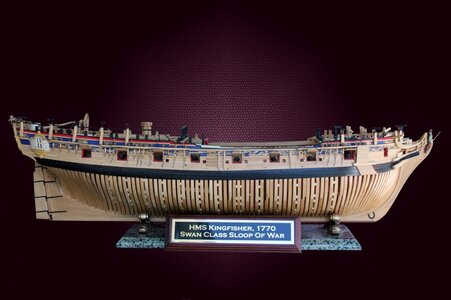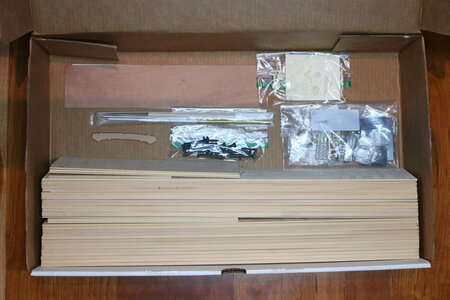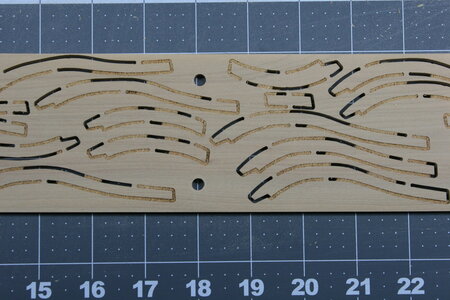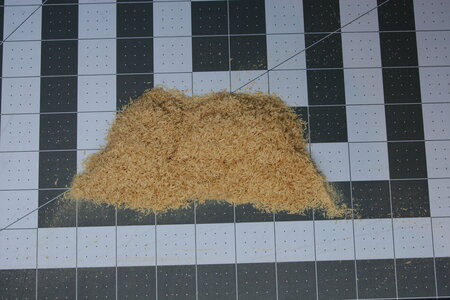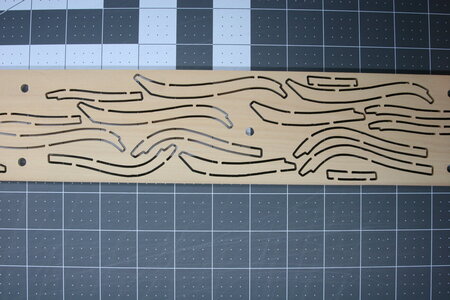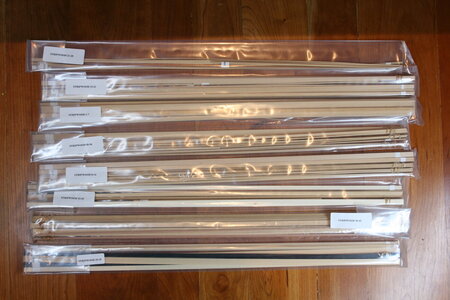Editorial note added following the completion of this build:
This build report is quite long - unhelpfully so. If you're not interested in all the details and just want to see how it all turned out use this link to see the final result: Final Images #1 and here: Final Images #2.
Of course, you are also welcome to read through the report in detail if that interests you.
In January of 1766 the Royal Navy ordered two ships to be built conforming to a new design developed by the Surveyor of the Navy, Sir John Williams. The first of these was launched in November 1767 (Swan) and the second (Kingfisher) was launched in July of 1770 (but not completed until November 1770). As a curiosity many English records show the name of this second ship as Kings Fisher (or Kingsfisher).
Twenty-three more ships were ordered to the same design between 1773 and 1779. You are probably familiar with some of them: Fly, Pegasus, Swift (Vulture, Atalanta, Thorn) as they have appeared on this forum and others as kit or scratch builds.
Swan-class sloops were rated at 14 guns though from the very beginning they were designed with 16 gunports. In time, the additional two guns were added but the nominal rating was left unchanged.
Swan-class sloops were the ‘standard’ ship design of the British Navy during the American Revolutionary War during which eleven of them were lost (including Kingfisher). Surviving vessels went on to serve during the French Revolutionary War and the Napoleonic War.
It is necessary to identify this ship as the Kingfisher 1770 because there are at least 13 additional ships of this name listed in the records of the Royal Navy. There is even a Kingfisher class of ship built during the 20th century.
The Kingfisher 1770 was built by master shipwright Joseph Harris at the Chatham Dockyard, sailed for America in August of 1771, and notably participated in the blockade of Delaware Harbor and the Battle of Turtle Gut Inlet. She was burned by her own crew to avoid capture (by the French) on 7 August 1778 in Narragansett Bay during the Battle of Rhode Island.
Here are her vitals:
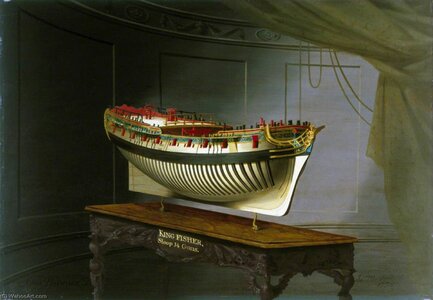
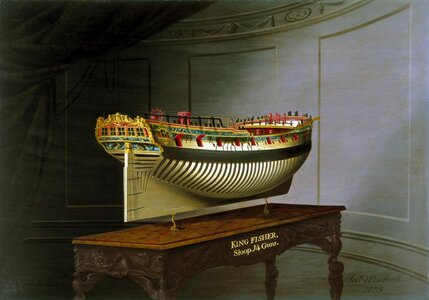
Attribution: Painting. [Model of HMS] KINGFISHER, Sloop 14 Guns. Model made by Joseph Williams; Painting by Josh Marshall - 1775. Oil on panel in gilt frame. Perspective paintings at 45 degree angle from Navy Board original plans. Commissioned by King George III as part of a series of paired bow and stern paintings of British warship models, one example of each class of ship in the naval establishment.
Construction will begin in a few weeks. I have been reorganizing my workspace, reading everything I can find on swan class ships, ordering supplies to supplement the build, and adding some needed tools to my workshop.
You are all welcome to pull up a chair and join me on this multi-year project. It's going to be a blast!
This build report is quite long - unhelpfully so. If you're not interested in all the details and just want to see how it all turned out use this link to see the final result: Final Images #1 and here: Final Images #2.
Of course, you are also welcome to read through the report in detail if that interests you.
In January of 1766 the Royal Navy ordered two ships to be built conforming to a new design developed by the Surveyor of the Navy, Sir John Williams. The first of these was launched in November 1767 (Swan) and the second (Kingfisher) was launched in July of 1770 (but not completed until November 1770). As a curiosity many English records show the name of this second ship as Kings Fisher (or Kingsfisher).
Twenty-three more ships were ordered to the same design between 1773 and 1779. You are probably familiar with some of them: Fly, Pegasus, Swift (Vulture, Atalanta, Thorn) as they have appeared on this forum and others as kit or scratch builds.
Swan-class sloops were rated at 14 guns though from the very beginning they were designed with 16 gunports. In time, the additional two guns were added but the nominal rating was left unchanged.
Swan-class sloops were the ‘standard’ ship design of the British Navy during the American Revolutionary War during which eleven of them were lost (including Kingfisher). Surviving vessels went on to serve during the French Revolutionary War and the Napoleonic War.
It is necessary to identify this ship as the Kingfisher 1770 because there are at least 13 additional ships of this name listed in the records of the Royal Navy. There is even a Kingfisher class of ship built during the 20th century.
The Kingfisher 1770 was built by master shipwright Joseph Harris at the Chatham Dockyard, sailed for America in August of 1771, and notably participated in the blockade of Delaware Harbor and the Battle of Turtle Gut Inlet. She was burned by her own crew to avoid capture (by the French) on 7 August 1778 in Narragansett Bay during the Battle of Rhode Island.
Here are her vitals:
- Length: 96 ft 8 ½ in (29.5 m) (gundeck), 78 ft 10 ½ in (24.0 m) (keel)
- Beam: 26 ft 10 in (8.2 m)
- Depth of hold: 12 ft 10 in (3.91 m)
- Tons burthen: 302 bm
- Complement: 125
- Armament: 14x 6 Pound Guns, 16x ½ Pound Swivel Guns


Attribution: Painting. [Model of HMS] KINGFISHER, Sloop 14 Guns. Model made by Joseph Williams; Painting by Josh Marshall - 1775. Oil on panel in gilt frame. Perspective paintings at 45 degree angle from Navy Board original plans. Commissioned by King George III as part of a series of paired bow and stern paintings of British warship models, one example of each class of ship in the naval establishment.
Construction will begin in a few weeks. I have been reorganizing my workspace, reading everything I can find on swan class ships, ordering supplies to supplement the build, and adding some needed tools to my workshop.
You are all welcome to pull up a chair and join me on this multi-year project. It's going to be a blast!
Last edited:






 ...
...
